Exploring Hypothetical Planets in Our Solar System
Written on
Chapter 1: The Early Observations of Celestial Bodies
Since ancient times, humans have gazed at the night sky. Archaeological findings reveal that early civilizations recorded constellations in their cave art. The Babylonians were pioneers in noticing five celestial bodies that exhibited unique movements, which they named after their deities: Marduk, Ishtar, Ninurta, Nabu, and Nergal. This knowledge was later passed down to the Greeks and, subsequently, the Romans, who replaced the original names with their own: Jupiter, Venus, Saturn, Mercury, and Mars. Thus began humanity’s initial understanding of planets.
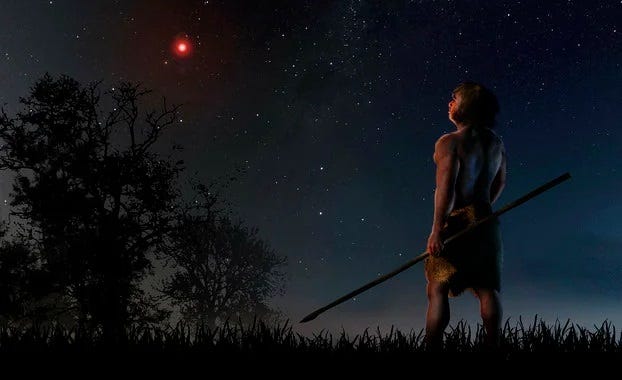
With the advent of the telescope, our ability to observe the cosmos expanded significantly. This led to the discovery of numerous objects in our Solar System that had previously gone unnoticed, including the moons of Jupiter and Saturn, the moons of Mars, Uranus, and Neptune, as well as various objects in the asteroid belt and dwarf planets like Ceres and Pluto.
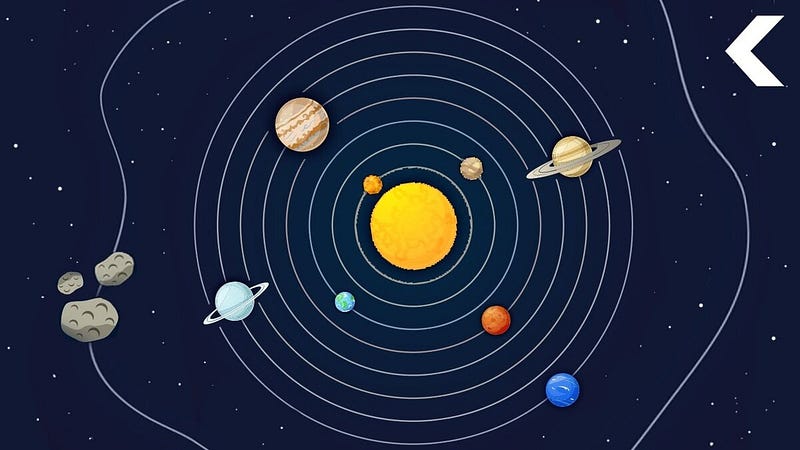
The discovery of so many celestial bodies raised questions: Could there be additional planets yet to be found? Numerous hypotheses regarding the existence of other planets in our Solar System have emerged over time, including Phaeton, Nibiru, Vulcan, Theia, Tyche, Planet Nine, and Planet X.
Section 1.1: The Concept of Counter-Earth
An intriguing idea is that of a twin planet to Earth, often referred to as Counter-Earth. This notion dates back to ancient Greece, where philosophers like Philolaus and Aristotle speculated about a planet located directly opposite Earth on the other side of the Sun, which they named Antichthon, meaning "Counter-Earth."
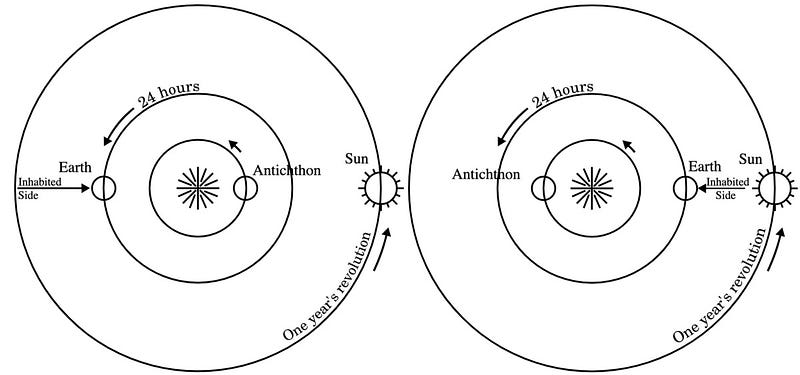
In contemporary discussions, this hypothesis has been revived under the name Gloria. However, modern scientific data contradicts this idea. Calculations indicate that any large object near the Lagrange point L3 (the point directly opposite the Sun from Earth) would not remain stable over time, eventually leading to collisions with Earth or being ejected from its orbit. Additionally, the areas of space where Counter-Earth would theoretically exist have been imaged by the STEREO-1/2 spacecraft, revealing no such planet.
Section 1.2: The Myth of Phaeton
In the 18th century, astronomers Johann Titius and Johann Bode noted a consistent pattern in the distances of planets from the Sun, leading to the formulation of the Titius-Bode law. This pattern gained credibility with the discovery of Uranus in 1781, which appeared exactly where the law predicted. This prompted a group of astronomers to search for a planet between Mars and Jupiter. In 1801, Giuseppe Piazzi discovered Ceres, leading many to believe they had found the missing planet. However, subsequent discoveries of smaller bodies revealed a different story.
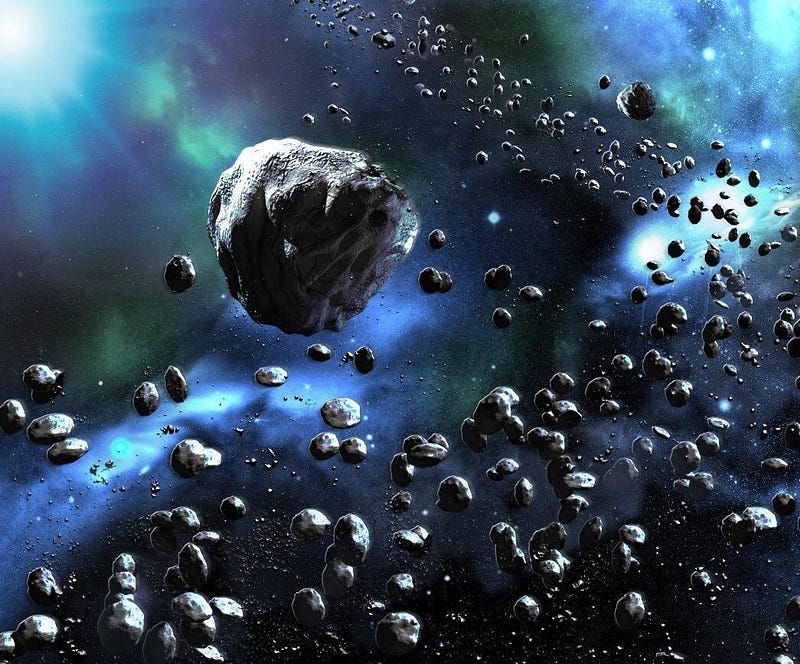
Eventually, it became clear that these objects were not planets but rather remnants of a larger body that had once existed. With advances in our understanding of planetary formation, scientists now agree that Phaeton likely never existed. The asteroid belt is thought to be composed of material that failed to form a planet due to the gravitational influence of the gas giants, primarily Jupiter, which either ejected these materials or caused collisions that fragmented them.
Chapter 2: The Nibiru Phenomenon
The first video titled "Making A Solar System Out Of Hypothetical Planets! #1 Universe Sandbox" delves into the intriguing concept of hypothetical planets and how they might fit into our understanding of the solar system.
The second video, "Making A Solar System Out Of Hypothetical Planets! #2 Universe Sandbox," continues this exploration, providing visual insights into the possibilities of these celestial bodies.
The notion of Nibiru has become a sensational topic in tabloid journalism, with claims of a catastrophic planet threatening Earth every few years. This theory originated from American economist and author Zecharia Sitchin, who interpreted ancient Sumerian myths to support his claims.
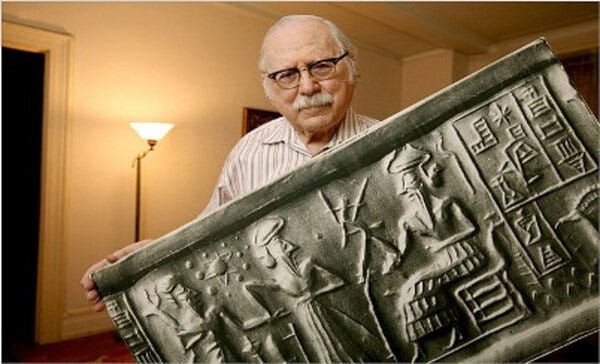
According to Sitchin, Nibiru is a massive planet located beyond Pluto, purportedly inhabited by the Anunnaki, who are said to have played a role in the creation of life on Earth. However, this theory is widely dismissed by scholars. Experts highlight numerous inaccuracies in Sitchin’s translations and interpretations of Sumerian texts.
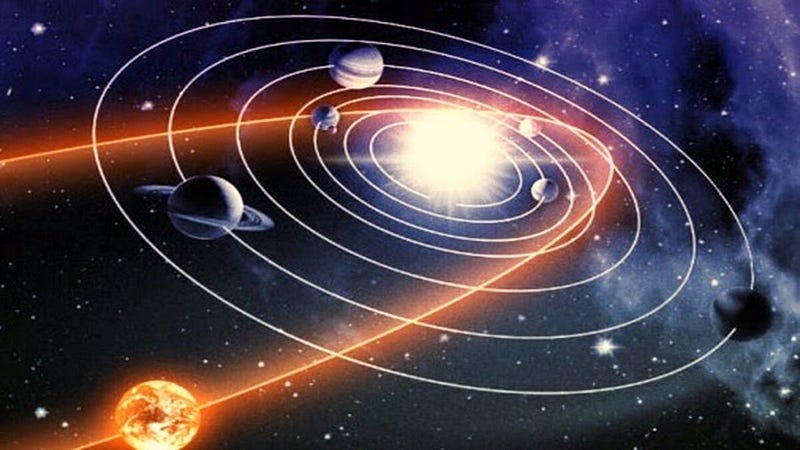
Calculations show that the orbit Sitchin describes for Nibiru would lead it to cross the orbits of multiple planets, making such a stable orbit impossible. Furthermore, according to Sitchin’s timeline, Nibiru would need to be approximately 5 billion kilometers away to make its next appearance in the 2080s, a distance that would make it visible to even amateur astronomers.
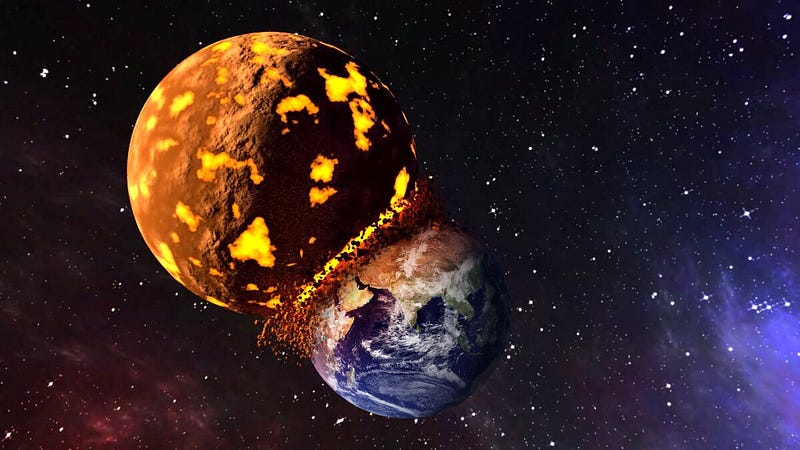
Moreover, the WISE space infrared telescope conducted a thorough sky survey, which found no evidence of a planet the size of Jupiter within a radius of at least 3.8 trillion kilometers from the Sun. This indicates that if Nibiru were real, it would have been detected.

While the possibility of a planet existing beyond Neptune is scientifically plausible, its characteristics and orbit would not align with Sitchin’s claims.
For more captivating articles about space, be sure to clap and subscribe to our channel! Feel free to ask questions, which I will address in future articles. If you appreciate my work, consider supporting me by becoming a Medium member for just $5 a month, helping us create even better content.